From: slowpuffer
CPT Bob,
Thanks for this thread. I have nowhere near your experience, but like yourself, I have always been fascinated about the blending of tobacco and how the process is accomplished. During my time as a pipe smoker, I have definitely learned what I like and I am now maturing to the point where I don't always have to run off and try to make myself like something because another pipe smoker says that it is good. But I digress...
I have two questions that I am my limited research has not answered yet:
1. Casings: I read that you say that toppings are generally applied in small quantities of concentrated forms. Can you give an example? I once poured a small amount of vanilla extract on some tobacco I had "stoved", mixed it, and let it "mingle" for a week and found that some of the vanilla flavor actually came through (although the tobacco was a bit too moist). Is this anywhere near the correct method? Also, what sort of casings are used for "natural" tasting tobaccos like a Virginia flake? What about the "Danish" blends?
2. Virginia processing: could you explain the process behind stoving, pressing, toasting, etc? How are these accomplished? I have a general idea, but I learned that there is more to it than meets the eye (I must admit I once put a whole tin of VA flake in the oven and wound up ruining it!)
Thanks in advance for your insight!
slowpuffer, Thank you for your kind words. Casings are applied before toppings. Casings are meant to mellow the tobacco to a palatable level. Popular casings most generally used include, for example, Licorise, coffee and chocolate. Then Toppings are applied as the last step. Many tobacco's are initially cased with the general flavors mentioned as well as steamed (as in Cavendish fermentation) to mellow the tobacco. Many "kitcheny" things are used in the tobacco curing process (as in placing tobacco in a roaster with water). Also, cement mixers can be used to create a broken Flake after Pressing the tobacco under tons of pressure! There is so much to say about the processes. I am by no means an expert. What I have learned has been from the wonderful folks at Cornell and Diehl. The different drying, re-moistening, curing, casing and topping methods vary by manufacturer. The differences are not so much determined by initial method as much as they may be influenced by "finishing methods". However, leaf selection (by crop year-to-year), aging, and all the other processes mentioned above do vary by manufacturer. For example, one manufacturer may be different than another in terms of base-style blending. For example, one manufacturer may base a great number of their blends with, for example, a particular Virginia or perhaps specifcally, a Red Virginia, or Red Virginia Cavendish. Keep in mind that a Cavendish is not a particular tobacco, but rather, a particular processing of a tobacco. In other words, a Cavendish is a process not a tobacco. It is a process of fermentation accomplished usually with water, heat, drying and fermentation. Your method is fine. However, it is not a simple process to perfect by any means. Your attempt was a good one. However, the flavorings used for tobacco are much higher concentrated than anything that you could buy. Thus, to accomplish enough influence of your flavoring, it resulted in too much moisture due to the lack of concentration needed in the flavoring. Tobacco flavor ingredients are very expensive because of the concentration levels required. Easily, a hundred dollars a gallon with minimum orders beyond what you and I would consider affordable! I suggest you allow more drying time and then "Top" your blend with the flavor of your choice from the extract section at the local grocery store and then allow adequate drying time. That process can be succefully achieved. I have done that, myself. Just be patient with it and be prepared to accept failures.
2. The VA that you put in the oven was perhaps already prepared as a finished blend, I presume. You are not going to improve it by roasting it. You must start with the "raw" tobacco ingredient and build from there.
There is a very good insight to these concepts at this location: http://pipesmagazine.com/blog/pipe-manufacturer-retailer-spotlight/cornell-diehl-good-ol-american-tobacco/
I urge all of you to watch this video provided to all of us by our great site/Forum Pipesandtobaccomagazine. And, while I'm at it. I truly appreciate this excellent Forum and this excellent site for all of us to learn and appreciate this wonderful hobby of pipe smoking! Thank you Pipes and Tobacco Magazine!!!
_________________________________________________________________________________________________________________





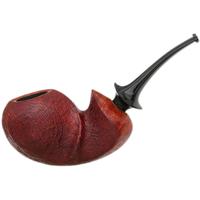

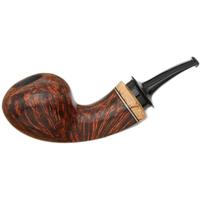
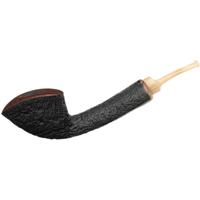
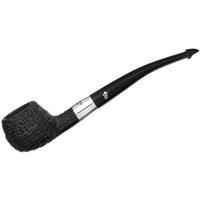

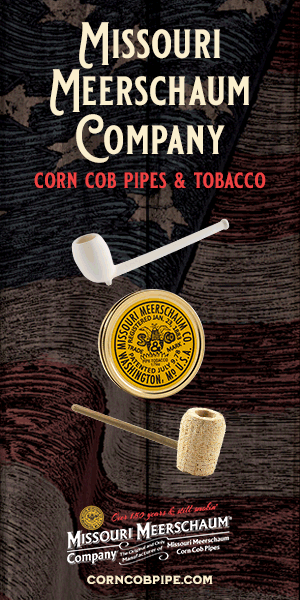


 :
: